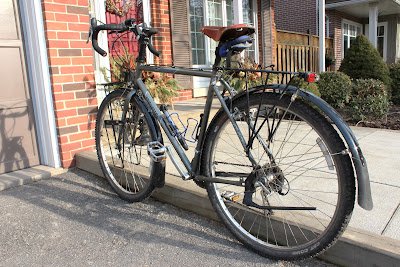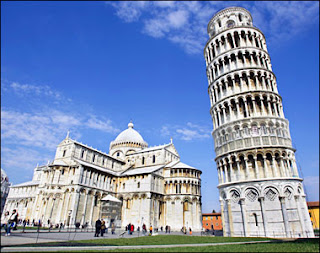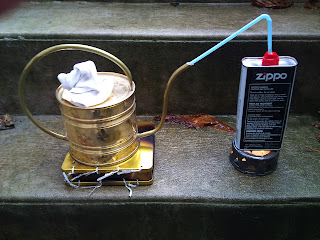All-Rounder: 9-Month/1000km Follow-Up

UPDATED 07/03/12: Now with pictures! I've had the O8 CX700 for nearly 9 months now, and so have put it through its paces by now. That's about 1000kms of mixed onroad/offorad/singletrack with tweaking, tuning, and general fettling in appropriate proportions. The Good: 1. Big Wonkin' Tires. There are quite a few things this bike has going for it, not least of which includes the capacity for large tires. I've concluded that you can shoehorn a 29x2.3 with fenders in there if you wanted. The 51mm (2.1in nominal) wide CST Critters have been a good fit so far. There is room for maybe 2.3in tires w/fenders, or 2.4 without. 2. A Nice Fork Design. I have had a good experience with the straight bladed fork that came standard with the frame. I know many people dislike them, because of the 'harsher ride' they supposedly give, or for their non-traditional look. Well, I can say that the ride certainly didn't feel "harsh" when riding road with 23



